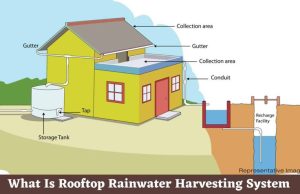 Photo courtesy: Pinterest
Photo courtesy: Pinterest
Every now and then we read reports on rapidly depleting groundwater levels in many parts of India. The problem is further exacerbated during some parts of the year when water becomes scarce across the length and breadth of the country. Over the years, India has emerged as the largest user of groundwater in the world for irrigation, industrial, and domestic needs. The country’s burgeoning population is further putting a lot of pressure on its water resources.
We can take a few little steps to reduce our dependence on groundwater. To start with, we could save rainwater at our home or building in an effective manner without spending too much money. By using this method, an average Indian family can easily harvest enough rainwater to meet its daily needs of water for washing, bathing, and even drinking. Following are some of the simple steps you need to take to start rainwater harvesting at your home or building:
1. Cleaning your catchment area: This is the place where most of the rainwater is received and can be diverted from. First of all, you need to clean your roof or catchment area to prevent any dirt or other unnecessary materials from contaminating the water. Over the years, rooftop rainwater harvesting has emerged as one of the most popular options in India as it is easily doable.
2. Redirecting water with pipes: Rainwater will be redirected towards the container through PVC pipes. These PVC pipes or gutters come in cylindrical shapes and can be easily attached to the drain pipes on the roof to redirect the water towards the storage tank.
3. Installing rain separator and storage tank filter: The next step is to install the first rain separator or the washout pipe. It is basically a simple valve to block the entry of water into the tank while cleaning the roof and also during the initial stages of raining, when the water could be of poor quality due to air pollution and other factors. This valve requires cleaning after every rain to discharge wastewater or dust-filled water, which we usually get during the start of the rainy season. Besides that, you need to install another filter right on the storage tank to get clean water. This filter is also used to prevent the entry of dust and other small particles into the storage tank.

Photo courtesy: The Economic Times
4. Overflow pipe for the extra water: You also need to install an overflow pipe on top of your storage tank to release excess water. It is recommended that you put your storage tank at an elevated place to prevent any sort of bacterial or fungi growth around it and also for keeping it away from the reach of stray dogs or other animals.
Neerain is proud to republish this article for spreading awareness about situation of water, for our stakeholders. Credit whatsoever goes to the Author.
This article is published by: – The Economic Times
We would like to spread this for the benefit of fellow Indians.
Publish On: : Aug 16, 2021


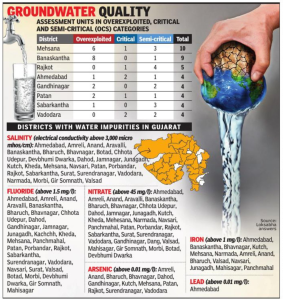

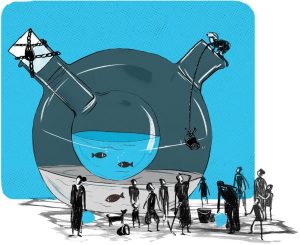
 Photo Courtesy : Deccan Chronicle
Photo Courtesy : Deccan Chronicle




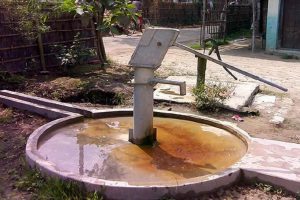 In Dhamdaha village of Purnia district of Bihar, yellowness is visible near the hand pump due to excess of iron. Whereas this hand pump has been installed by the government to provide iron free water. Photo: Pushya Mitra
In Dhamdaha village of Purnia district of Bihar, yellowness is visible near the hand pump due to excess of iron. Whereas this hand pump has been installed by the government to provide iron free water. Photo: Pushya Mitra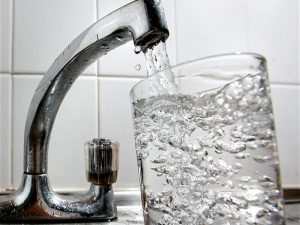 The bench had gone into the details of the PIL and took note of the grave situation of water scarcity stated in the PIL in context to the urban areas of Pune district. The Bombay high court had taken note of the above information and had directed that a special committee be constituted separately for PMC and PCMC. And such committees shall attend to the complaints of the residents regarding water scarcity. The PMRDA was also directed to address the water problems faced by the residents coming under their jurisdiction.
The bench had gone into the details of the PIL and took note of the grave situation of water scarcity stated in the PIL in context to the urban areas of Pune district. The Bombay high court had taken note of the above information and had directed that a special committee be constituted separately for PMC and PCMC. And such committees shall attend to the complaints of the residents regarding water scarcity. The PMRDA was also directed to address the water problems faced by the residents coming under their jurisdiction.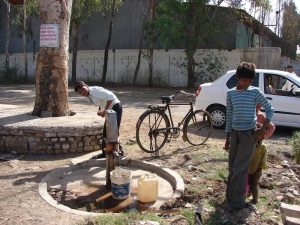 Photo: Ankur Paliwal
Photo: Ankur Paliwal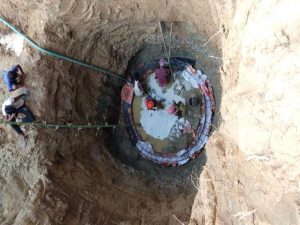 Villagers digging wells in Kedia village of Jamui district of Bihar. Photo: Pushyamitra
Villagers digging wells in Kedia village of Jamui district of Bihar. Photo: Pushyamitra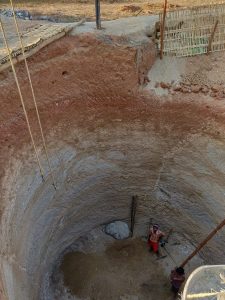 Photo courtesy: villagesquare.in
Photo courtesy: villagesquare.in